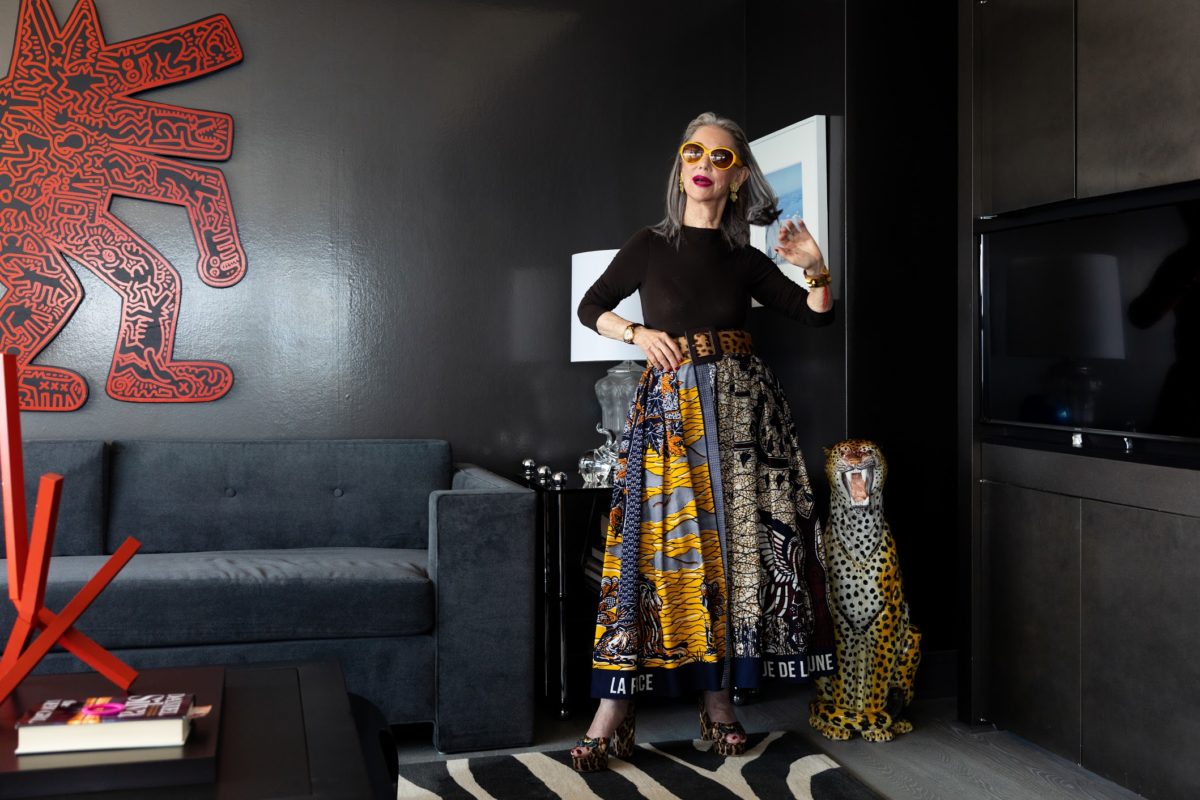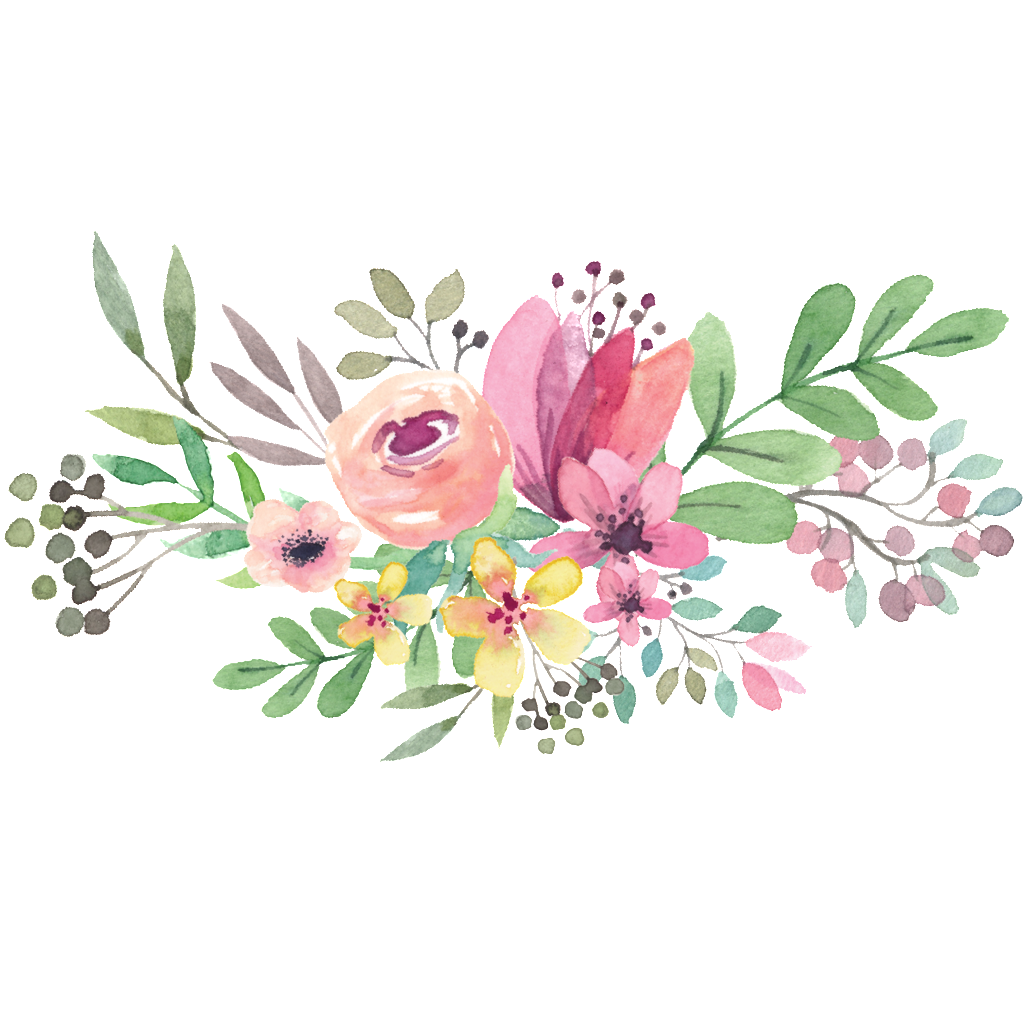
When your hair has finally started to lose its natural color, you are faced with a choice. You can either embrace the new look and join fellow #SilverSisters or start coloring your hair. Both of these options come with their distinctive pros and cons.
If you decide to keep your hair as it is, you will have an easier time keeping it healthy. Moreover, you will send a message that you are an experienced person who is not ashamed of their age or gray hair.
On the other hand, coloring your hair opens up a whole new realm of possibilities. You can have hair of any color that you like. Another benefit of this approach is the flexibility it gives you. One month you can have dark brown hair only to dye it blonde the next one.
If you are still unsure what option would be the best for you, you came to the right place. Here are seven things you should know about coloring gray hair.
Coloring Gray Hair: You Might Need To Change Your Hairstyle
Gray hair is usually dry and more vulnerable to breakage. It means that when you decide to color it, you can have a problem maintaining your current hairstyle. However, this does not have to be the end of the world.
One visit to a hair salon should be all you need to discover an exciting hairstyle that suits you. Alternatively, you could search for hairstyle ideas online. Many people look to beauty magazines and online platforms for hairstyle inspiration, and following current trends can help you find a look that feels fresh and modern. Vogue is a great source for up-to-date hairstyle ideas and inspiration. Next, all you need to do is visit your hairstylist or give yourself a haircut if you can.
Coloring your hair and adjusting your hairstyle can be a positive change in your life. Perhaps your new haircut will suit you better than the previous one. It’s all a fun adventure.
Hair Care
Caring for your hair is the foundation of achieving a look that’s both healthy and vibrant—especially when gray hair starts to make an appearance. Gray hair often needs a little extra attention to keep it shiny and polished, but with the right hair care routine, you can maintain beautiful locks at any age. Consulting a master colorist can help you determine the best hair color and care regimen for your unique needs, whether you’re considering a demi permanent color, a permanent color, or simply want to enhance your natural color. Regular shampooing and conditioning with gentle, ammonia-free products can soothe your scalp and prevent dryness, helping your hair retain its gloss and shine. Adding a hair gloss or opting for a demi-permanent color can also boost dimension and leave your hair looking healthier and more radiant. Remember, the right care and color can make all the difference in how your hair looks and feels.
You Can Color Your Hair Yourself
While visiting a hairstylist is never a bad idea, you can take proper care of your gray strands yourself. There are many quality hair-coloring products on the market that you can use. When you purchase hair color, choose a reputable brand known for its effectiveness in covering gray hair, and opt for products that suit your hair type and needs.
Do not be afraid to experiment with your hair color. After all, many women have dyed their hair blue, pink, orange, or purple, and so can you.
The best way to approach dyeing gray hair at home is to focus on creating a natural look by selecting hair colors that match your existing shade and blend seamlessly. After coloring, check your results in the mirror, paying special attention to the face and crown areas to ensure even coverage. Always rinse thoroughly after dyeing to remove excess color, and use oil treatments afterward to maintain softness and shine. To avoid brassiness and harsh demarcation lines, use toning products and blend carefully at the roots. For a fun effect, try adding a pop of color, and consider both light and dark shades when choosing your new hair color.
The More You Color, the Easier It Gets
Usually, the first step is the hardest one. The same rule applies to coloring your hair. After you go gray, the first few color changes may be far from perfect. Nonetheless, it does not necessarily mean that you should give up on changing your hair color right after you started.
Sometimes, your hair needs a couple of weeks to adjust to the new circumstances. However, after some time, you should have no problem covering your hair with a new color. Even after a few color changes, your gray roots should be less visible than at the beginning of the process.
When your head starts to fill with gray hair, you might want to address this situation immediately. If your reaction is fast enough, you can quickly gain control over your hair’s color and texture.
Coloring Can Get Costly
If going gray is not right up your alley, you will need to add some new expenses to your budget. Prepare for monthly visits to the salon to recolor your hair. You might also need to buy a new sulfate-free shampoo to make your new color last longer.
Additionally, keep in mind that taking care of your colored hair might take more time and effort than usual. In this regard, natural hair is a much cheaper option.
Plucking Grays Is a Bad Idea
When you do not want to go all gray, you might be inclined to remove any sight of it from your head. However, plucking grays is not a good solution.
If you pluck your hair, you can damage a hair root, cause an infection of the skin blocking the hair follicle, and thin your hair. You are better off covering up your gray strands with a different color.
Pick the Right Type of Dye
There are many ways you can pick to cover your silver strands. One of the best ways is to choose a reputable brand, as this can make a difference in coverage and hair health. Using permanent hair dye allows color to penetrate deep into the roots of the hair follicles. By choosing this option, you can enjoy your new color for a longer period.
Another popular option includes using a demi or semi-permanent color. This method allows you to smoothly blend the grays without a drastic change to your overall hair color. You can opt for a shade that matches your natural color or experiment with different hair colors, including light and dark options. Usually, a woman who uses a semi-permanent color chooses a similar shade to her natural color.
A third way you can choose is by adding some highlights or lowlights. These can be darker or lighter than the rest of your hair. The best way to avoid demarcation lines and brassiness when using highlights or lowlights is to use toning shampoos and blend the colors carefully. Highlights are excellent for creating dimension and adding a pop of color, making the hair look full and eliminating shades of white from your head. Different coloring techniques can help in creating a seamless blend between your natural hair and colored sections.
Adding Gray Highlights
If you’re looking to add a touch of sophistication and dimension to your hair, gray highlights are a fantastic option. Whether your goal is to blend in new grays or simply enhance your natural color, a master colorist can help you choose the best technique for your hair type and desired effect. Techniques like balayage, foiling, or glossing can be used to create gray highlights that complement your overall hair color and tone. Cool, ash-toned grays are perfect for neutralizing any unwanted warmth, while soft, beige-toned grays can add a gentle, sun-kissed glow. Gray highlights can be subtle for a natural look or bold for a statement style, giving your hair added color, dimension, and a modern edge. Trust your colorist to help you achieve a result that feels both fresh and uniquely you.
Demi Permanent Color
For those who want to experiment with hair color without a long-term commitment, demi permanent color is an excellent choice. This type of hair color lasts for several weeks and is ideal for enhancing your natural color, adding dimension, or covering gray strands without the intensity of permanent color. Demi permanent color is typically gentler on the hair, making it a great option for anyone concerned about damage. It’s important to follow the instructions carefully and perform a patch test to ensure you achieve the desired shade and coverage. With demi permanent color, you can explore a wide range of looks—from subtle, natural enhancements to more dramatic changes—while keeping your hair healthy and vibrant. Whether you want to cover a few gray strands or refresh your overall color, demi permanent color offers flexibility and beautiful results.
Ammonia Free Hair Care
If you have a sensitive scalp or your hair is prone to dryness, ammonia free hair care products can make a world of difference. Ammonia can be harsh, leading to irritation and dullness, but choosing gentle, ammonia-free shampoos and conditioners helps to soothe your scalp and keep your hair shiny and healthy. Look for sulfate-free formulas tailored to your specific hair type for the best results. Ammonia free hair care not only maintains the softness and shine of your hair but also reduces the risk of damage, making it easier to achieve and maintain a polished look. By opting for gentle, nourishing products, you can keep your hair and scalp in top condition, no matter how you choose to color or style your hair.
Do Not Stop at Coloring
Almost every colorist on earth will agree that you cannot stop caring about your hair after getting the coverage you wanted. On the contrary, you should reevaluate your hair care routine and adjust to your new style.
Do not forget that there is stubborn coarse gray hair under your coat of paint, and it needs a special kind of treatment. To satisfy all of its needs, always be on the lookout for more hair care tips you can use. Consider incorporating oil treatments to maintain softness and shine in colored gray hair. Using products designed for high shine can enhance the vibrancy and glossy appearance of your hair. If your hair feels limp after coloring, try volumizing products to boost volume and fullness.
Maintaining Healthy Hair
Keeping your hair healthy and shiny requires a little extra care, but the results are well worth it. Start with a healthy scalp by using gentle, nourishing products that promote scalp health and overall hair vitality. Regular shampooing and conditioning are essential, and using a wide-tooth comb or detangling brush can help prevent breakage and tangles. Protect your hair from heat styling, sun exposure, and environmental stressors to maintain its natural shine and softness. Treat your hair to a deep conditioning mask or treatment once a week to restore moisture and keep it looking vibrant. By maintaining a consistent hair care routine with gentle, effective products, you can enjoy hair that not only looks great but feels great, too—no matter your color or style.
The Bottom Line
Hopefully, after reading this article, you know if coloring your gray hair is a good idea. Remember that going gray is a long process, so you can change your decision at any time, regardless if you decide to cover all of your silver strands with brown or embrace the grays.
There is a certain wonder in embracing your natural gray hair and walking confidently through life as your authentic self. Seeing yourself in the mirror with your new hair color can be a moment of self-discovery and pride.
The thing you might be mainly worried about is the additional costs and effort you have to put in to keep your colored hair healthy. Nevertheless, if you want to add some highlights or eliminate white hair, feel free to make it happen. After all, what truly matters is achieving the look that suits you best. Good luck!
Have you colored your hair gray or gone natural? What are some of your tips and tricks? Let us know in the comments at the bottom of this page. We want to hear from you!
 About the author: Przemek and is a content writer for scissortechaustralia.com.au. She writes about all things hair and much more. She is a firm believer that (with some dedication and effort) everyone can become a fantastic writer on any given topic.
About the author: Przemek and is a content writer for scissortechaustralia.com.au. She writes about all things hair and much more. She is a firm believer that (with some dedication and effort) everyone can become a fantastic writer on any given topic.
If you enjoyed this article, please subscribe. You will get each daily story delivered straight to your inbox.


+ show Comments
- Hide Comments
add a comment